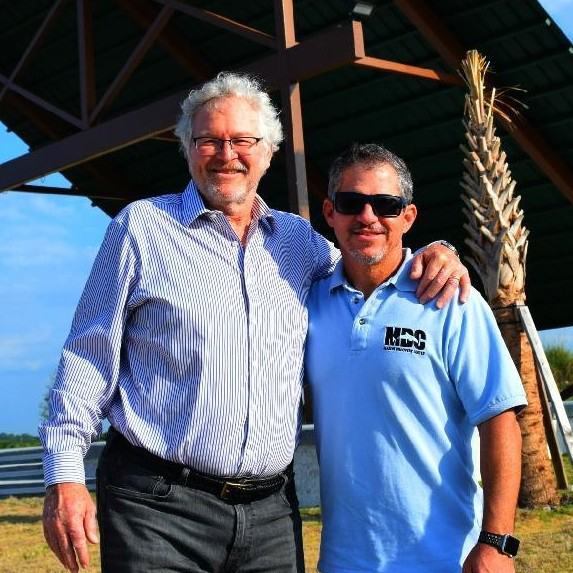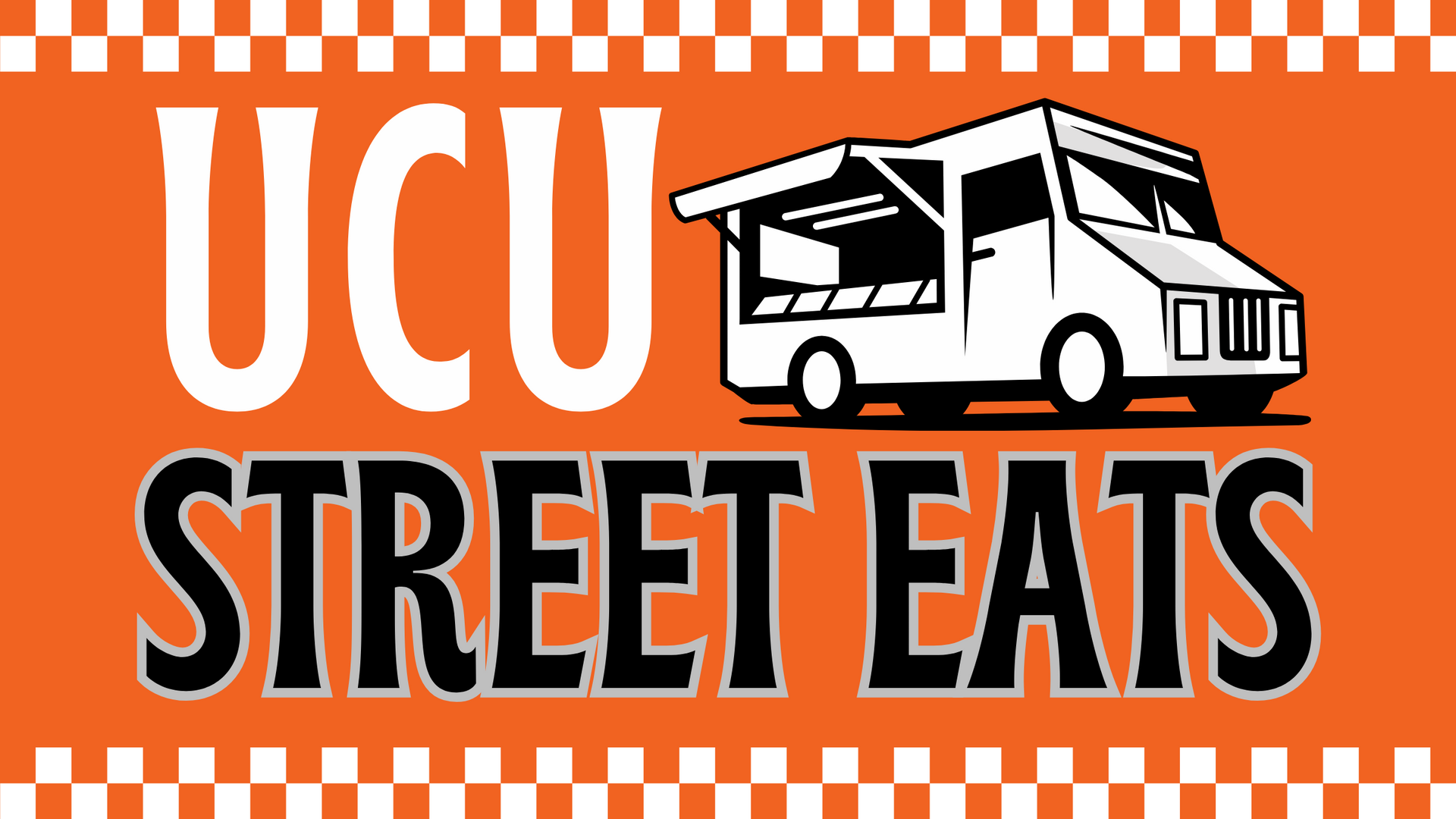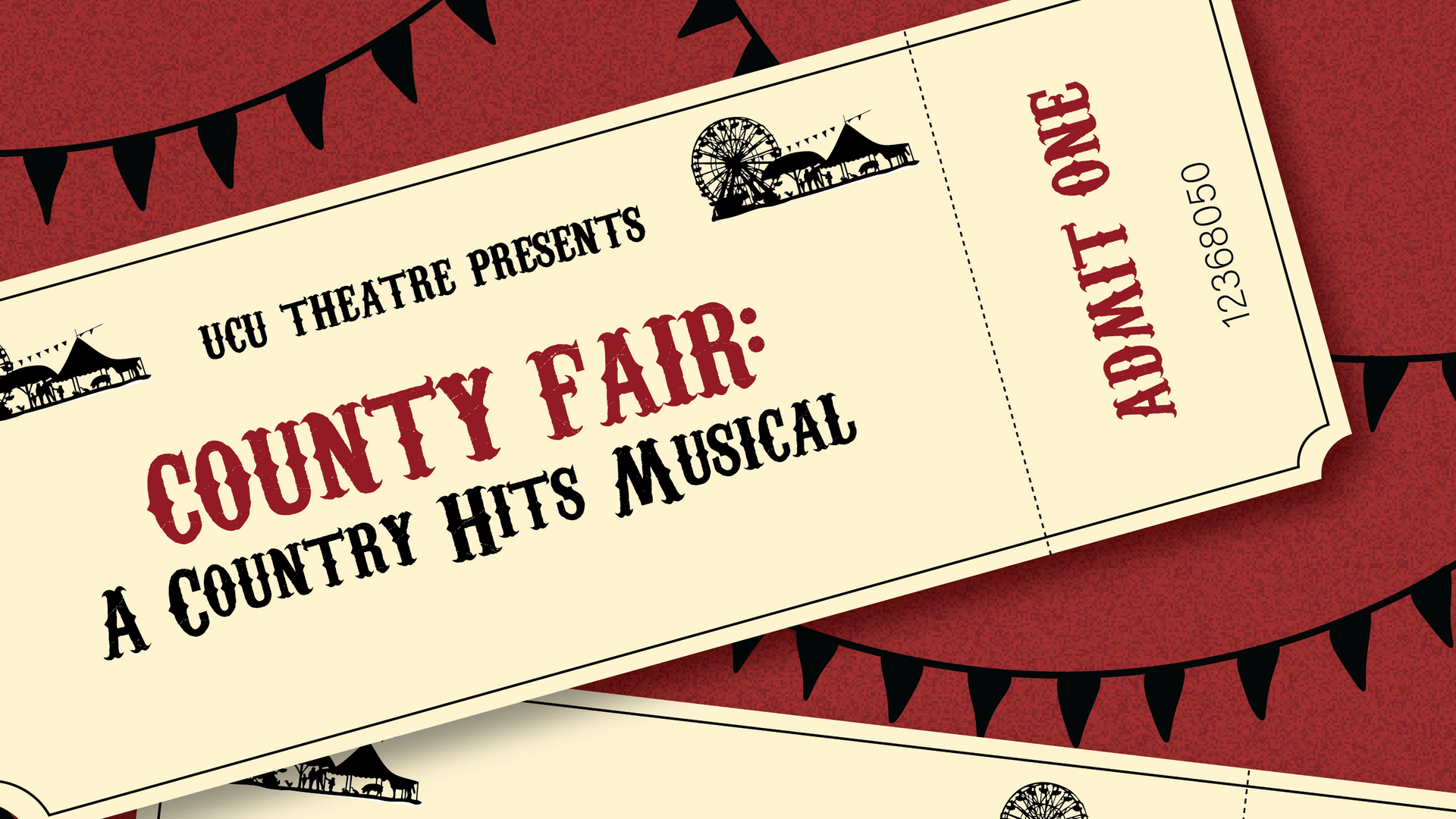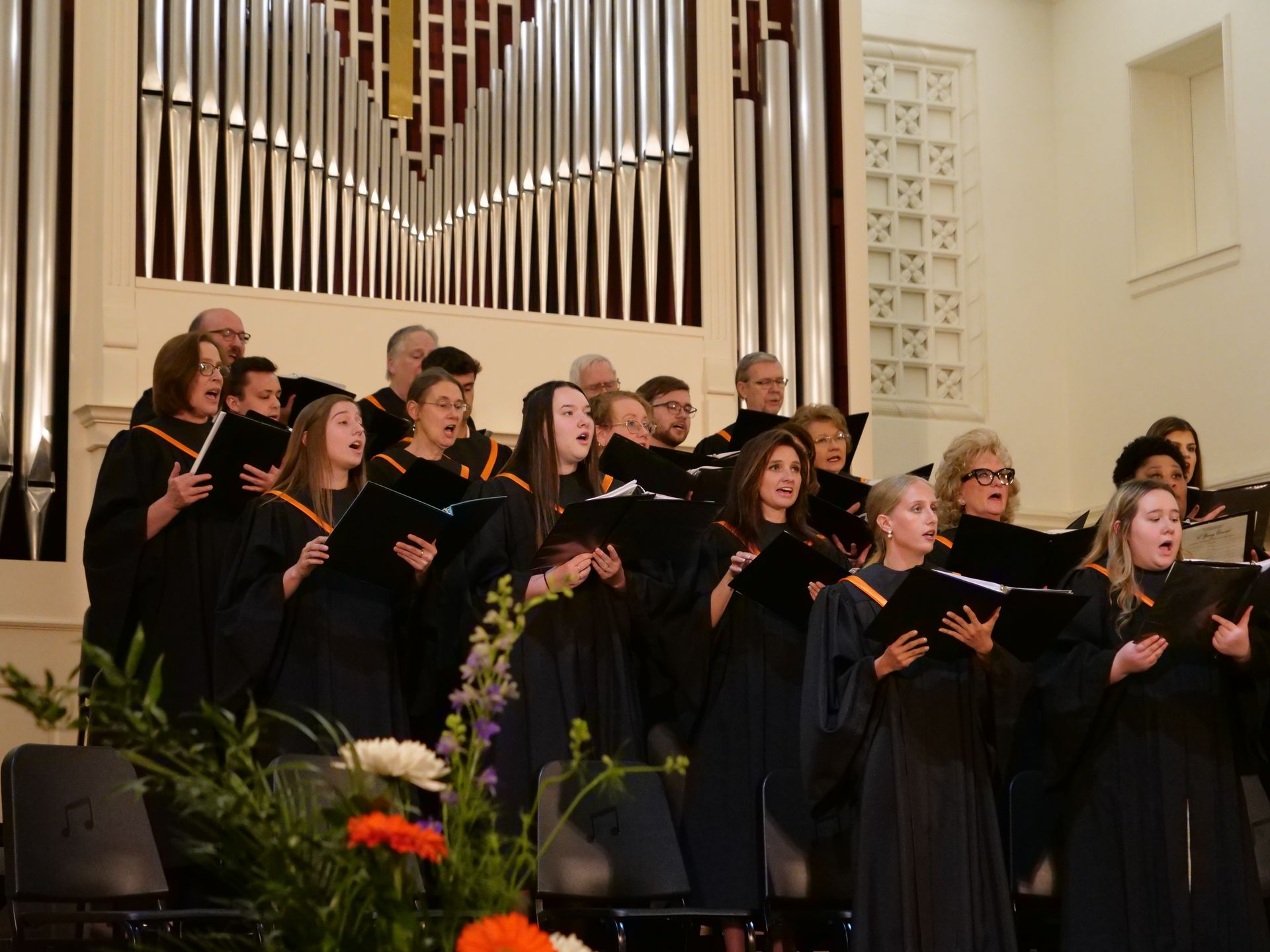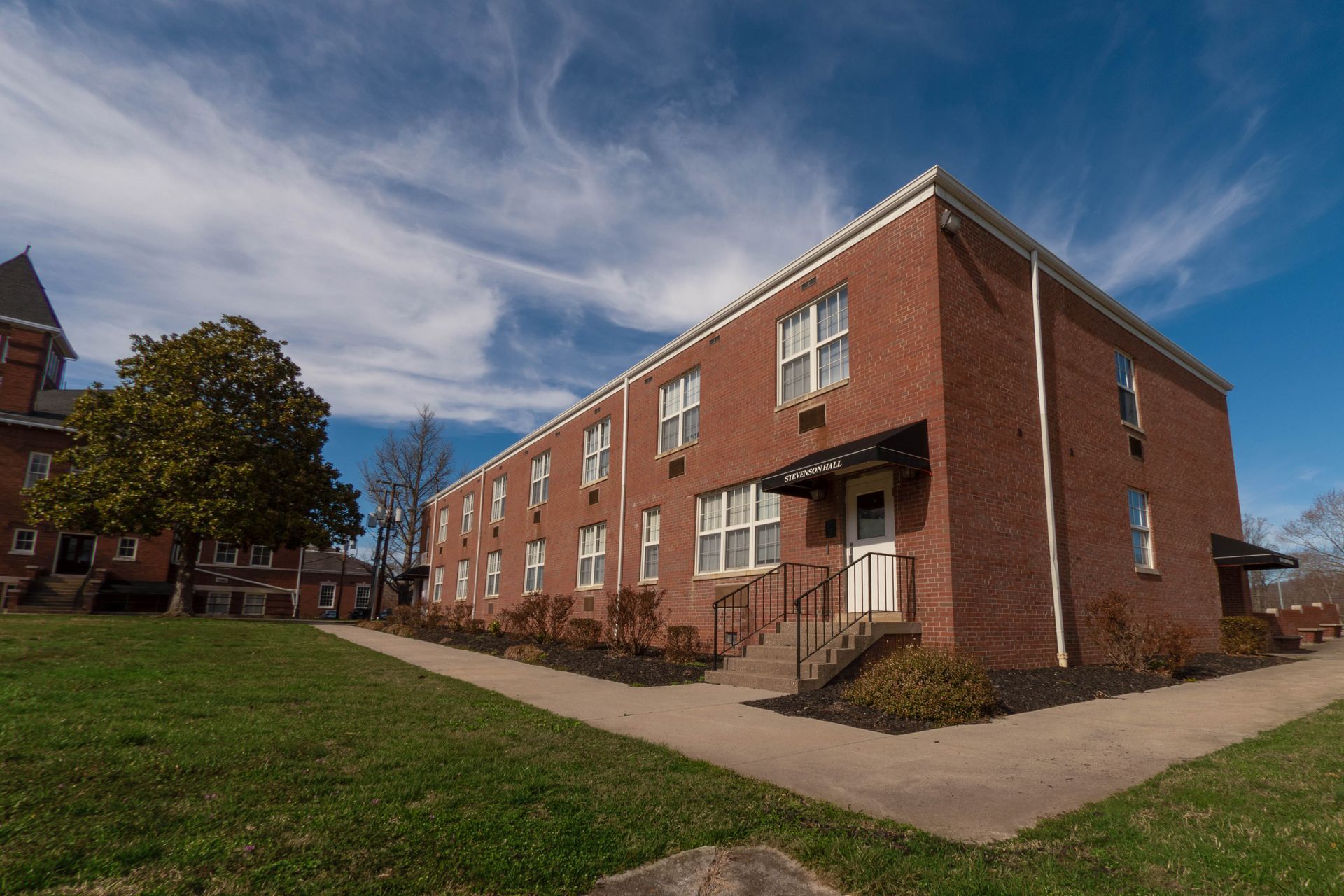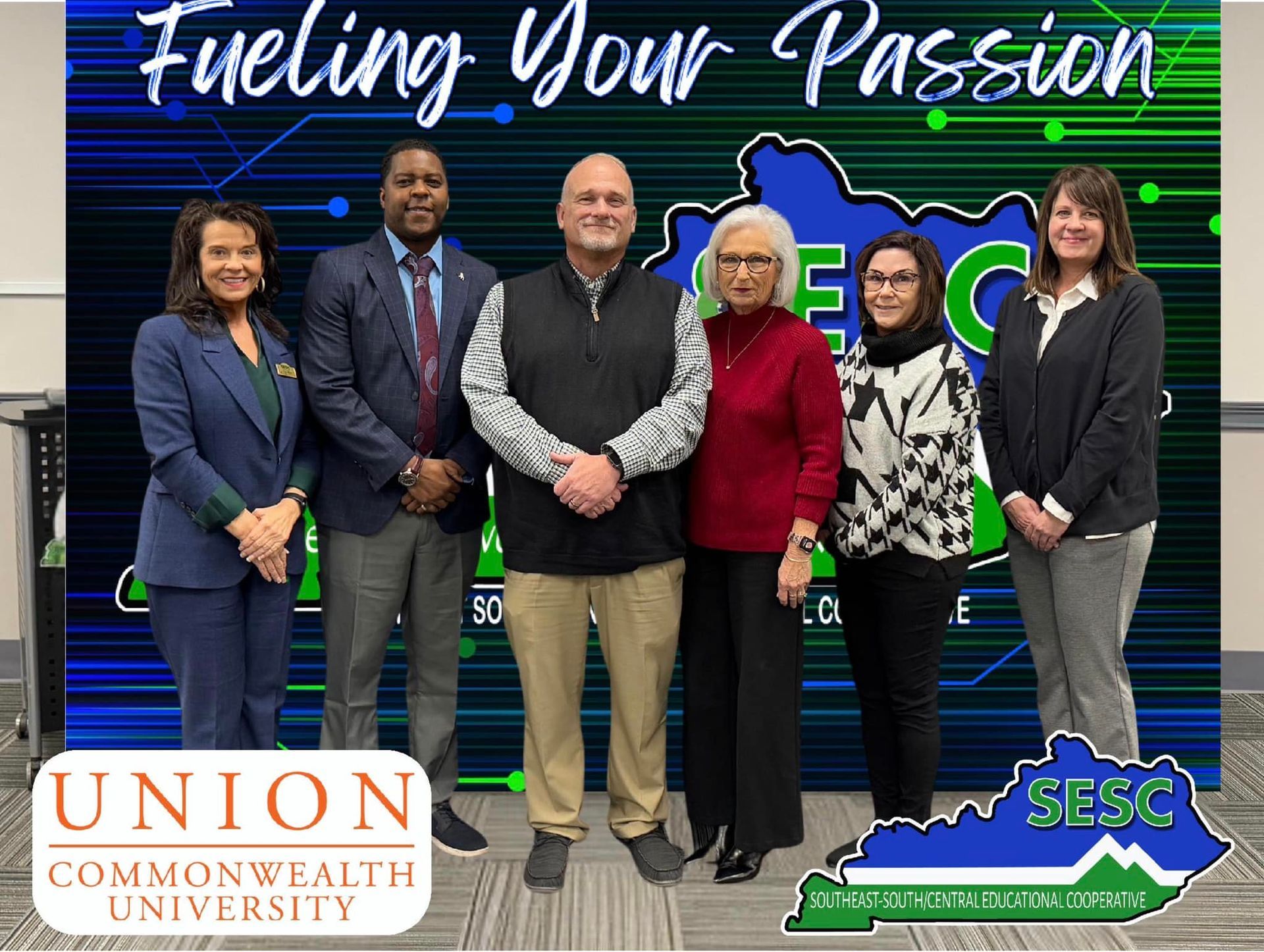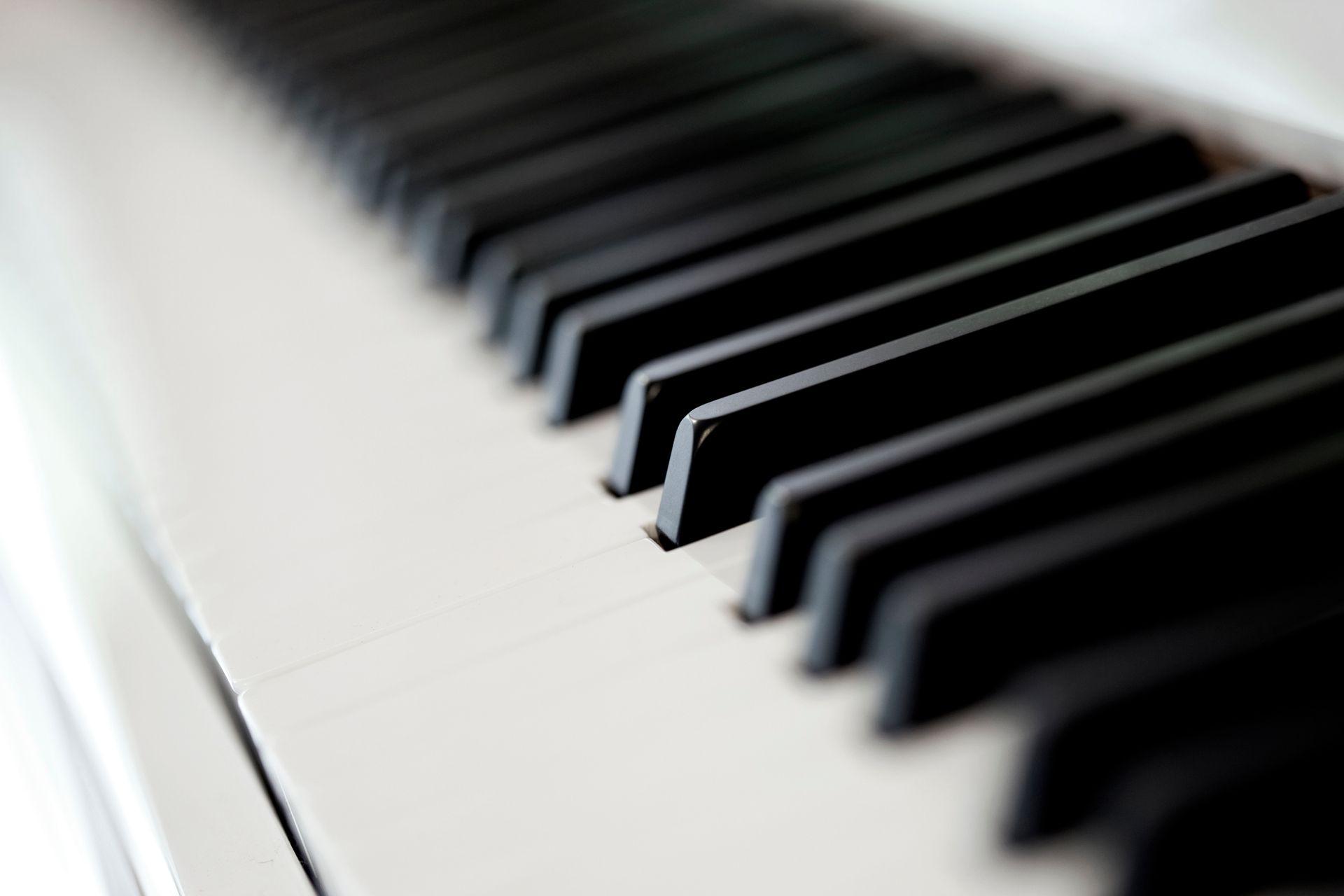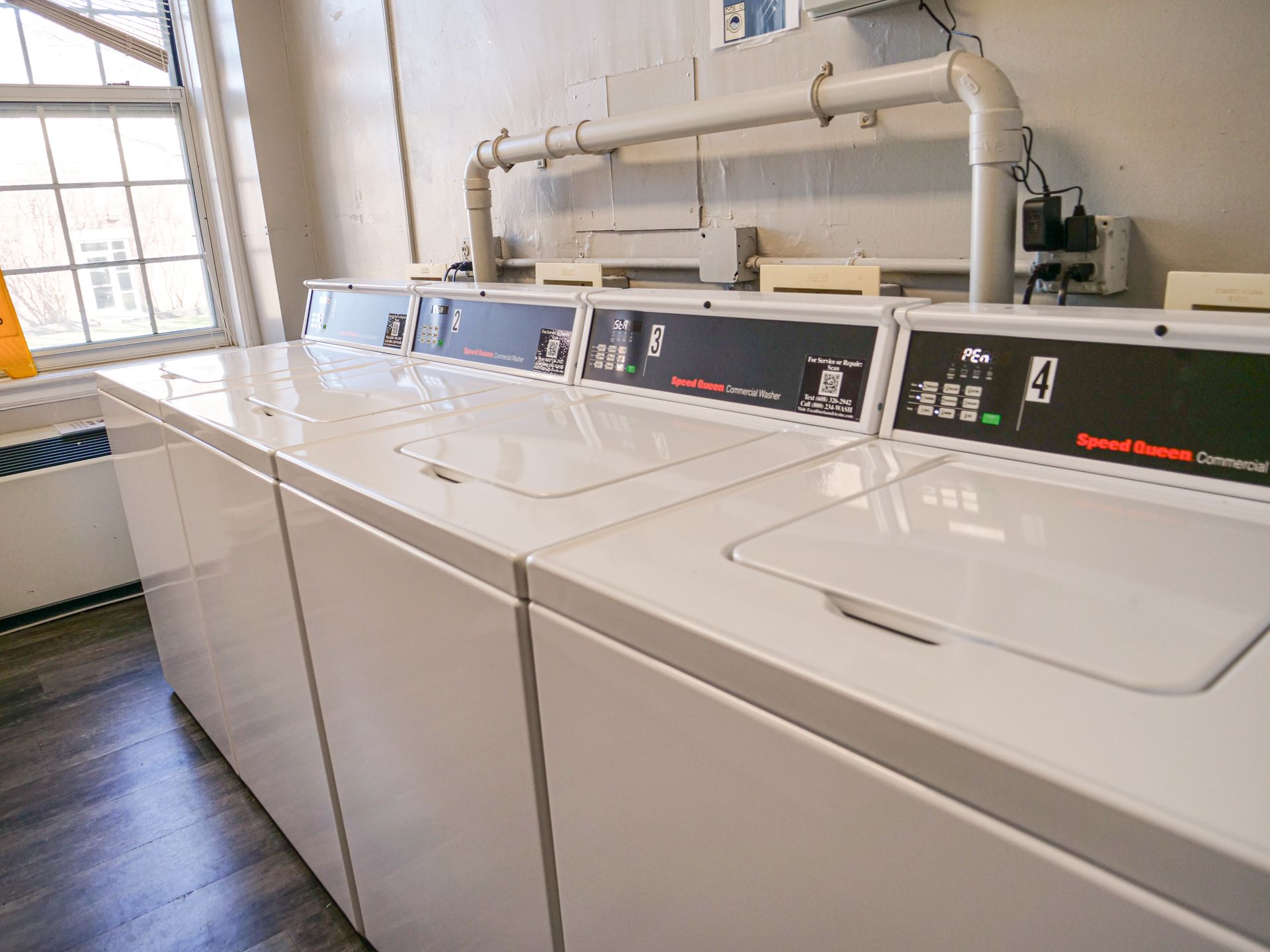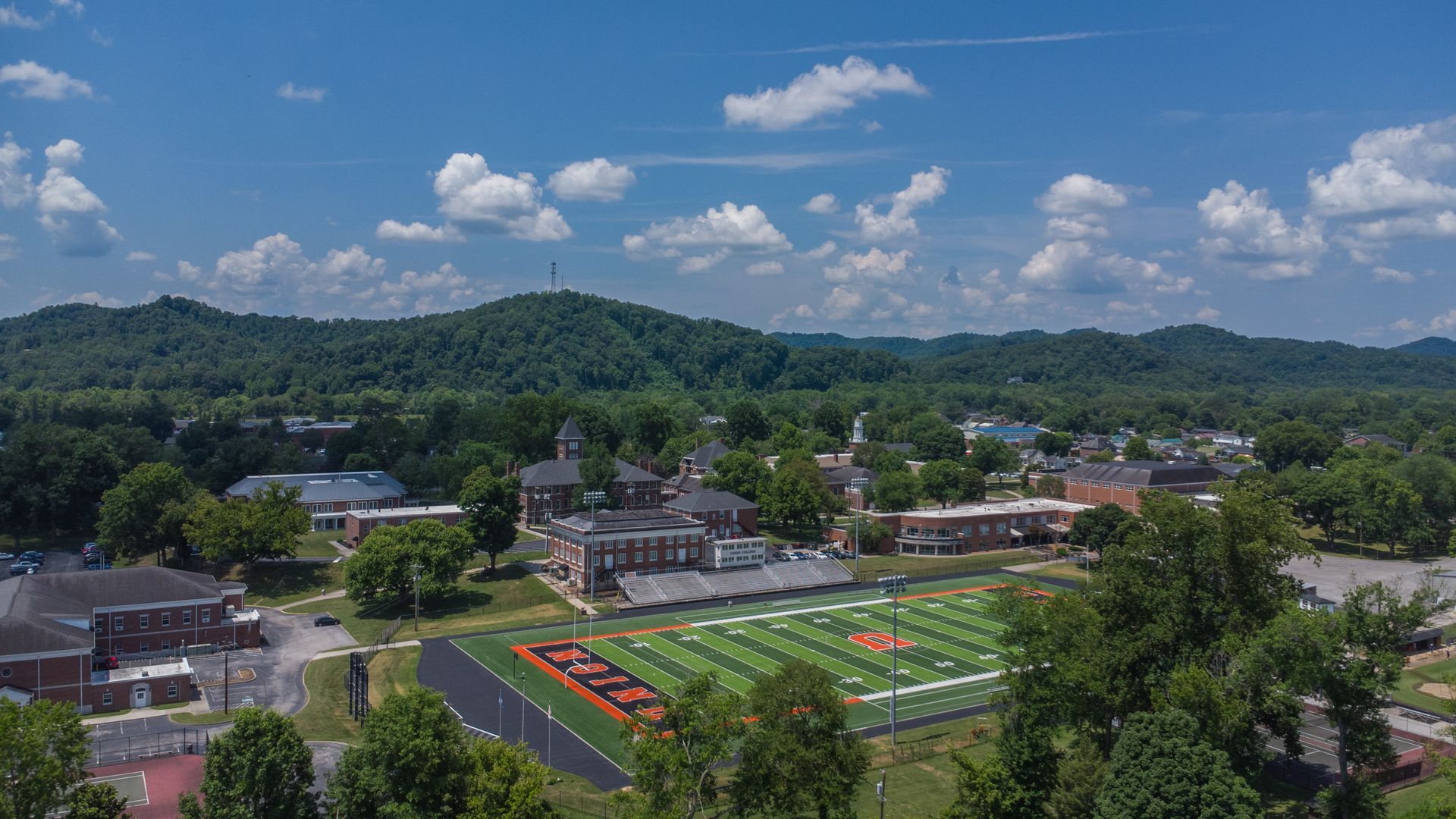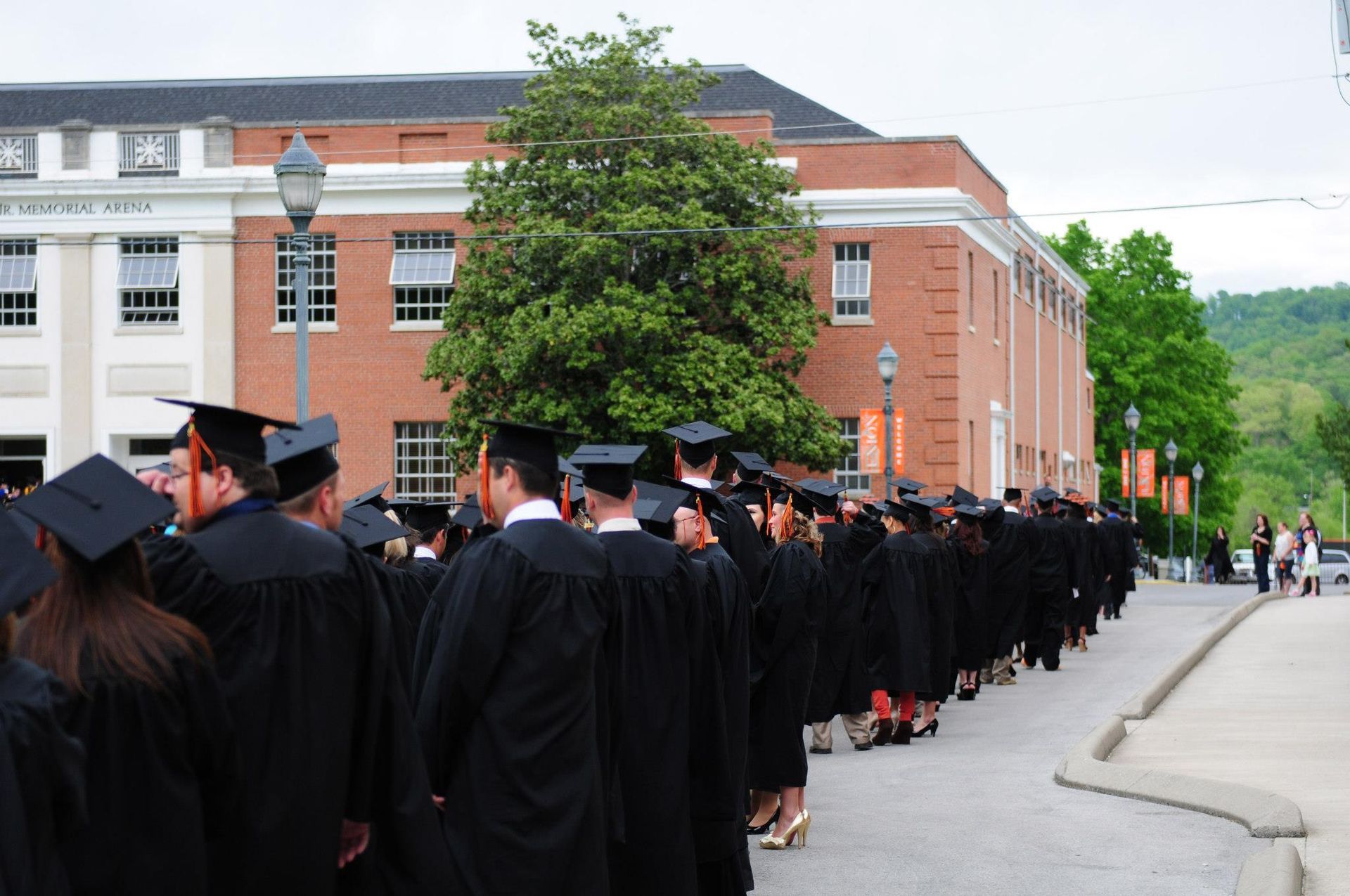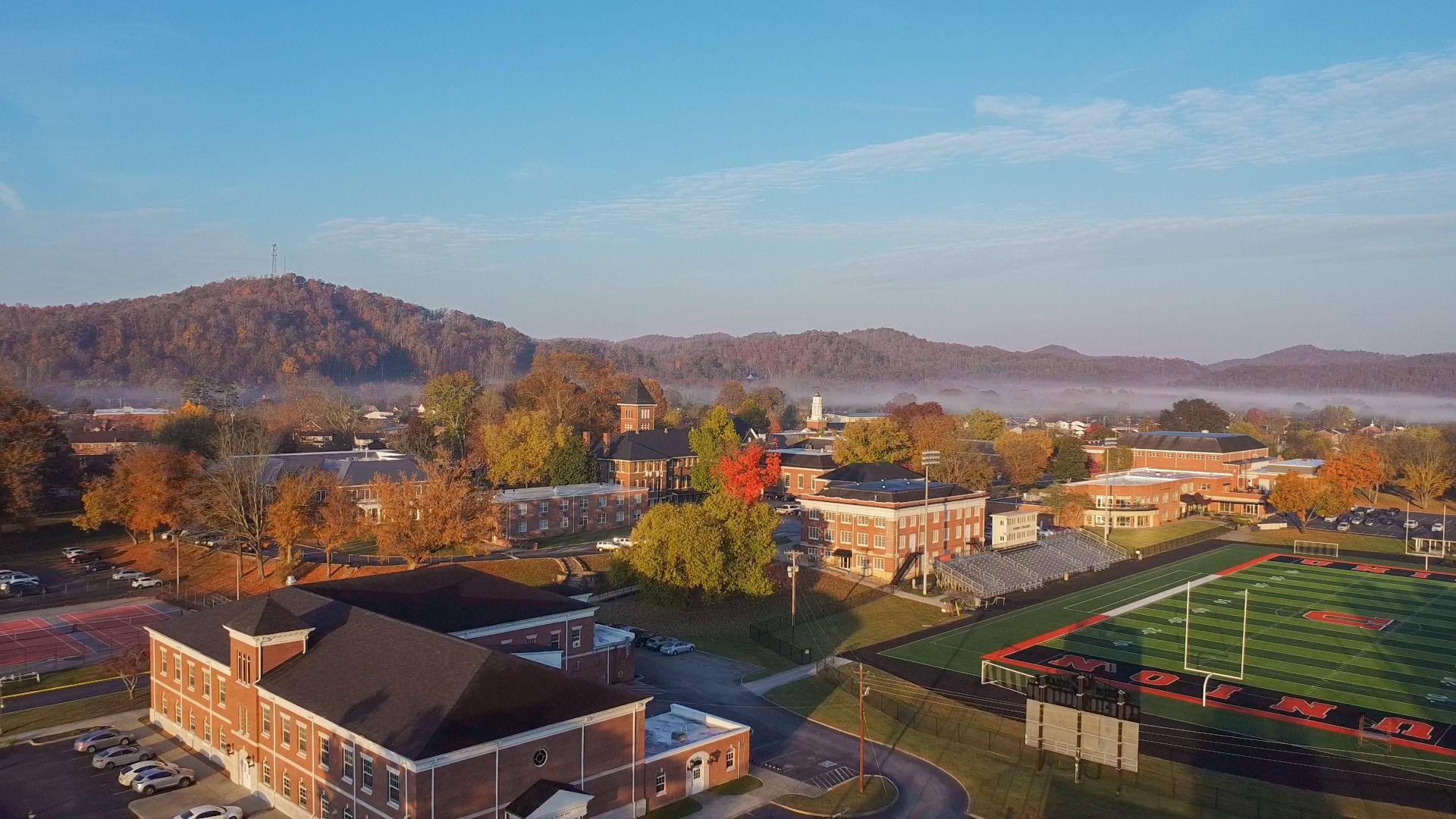Our world is the result of countless people's decisions. It's a choice to get out of bed today. It's a choice to stay home or go to school. Most of all, how you impact the world is a choice. Countless people unwittingly make that last decision by polluting the environments around them. Adverse effects like pollution, however, force people to step up and make a difference. Bruce Jaildagian '71 is one such person who stepped up, and his actions have left many lasting effects on both the environment and its inhabitants.
Jaildagian grew up on the eastern end of Long Island, N.Y. "I had the ocean on one side and the bay on the other, so I was pretty water-oriented." Embracing his surroundings, he enjoyed many activities like fishing, swimming, snorkeling, and skiing. Furthermore, he found himself watching a television show by Jacques Cousteau, who showed him many exciting parts of the world, like marine life. Experiences like these are what prompted Jaildagian to pursue higher education in biology.
Regarding college choice, Jaildagian took a few things in to consideration. He liked the sound of a small Methodist college, his "grades were not the best in the world”, and he was open to relocating to a part of the country he had never been to. These factors made AV头等舱 College an attractive choice for Jaildagian. As he reflected on his time in Barbourville, he credits AV头等舱 for becoming a “crucial steppingstone” and teaching him “to think,” a skill he would later apply in many of his life experiences.
After Jaildagian earned his biology degree at AV头等舱, he traveled for six months, eventually shifting his attention towards getting a job in Miami near the tropical water. He found a job at the Miami Seaquarium, where he worked with various marine animals like dolphins, turtles, and sea lions every week. He even found himself swimming with dolphins daily.
Another door then opened for Jaildagian at the Seaquarium, and he began working in a lab and pursuing work as a veterinary technician. During this job, he also had to capture dolphins since there were no dolphin breeding programs. He said seeing these creatures restricted in tanks took a toll on him as he was taking them away from the freedom of the Indian River Lagoon and placing them into captivity. This job was likely one of the catalysts for Jaildagian's shift into activism.
As such, Jaildagian was prompted to move on, and one way he did this was by applying to the University of Florida's graduate program. While he was accepted into the school, he was unsuccessful in joining their veterinary program; it had over 800 applicants for only forty available spots. During his time in graduate school, however, Jaildagian was guided by a professor to become a pilot.
Jaildagian flew commercially from 1976 to 1982, by 1983 he could no longer fight "the drive to get back to the animals and the sea," and it prompted him to step into activism as a member of Greenpeace. This group was a collection of environmentalist organizations that worked together through peaceful protest and creative communication to protect the environment.
Jaildagian described his time as eye-opening, "I couldn't believe how people could pollute the environment and continue to get away with it." He originally hadn't planned on becoming an environmentalist, yet it "tied in together" with his work as a biologist.
After working on various Greenpeace projects, including campaigns against SeaWorld's capture of killer whales and the clubbing of harp seals on Prince Edward Island in Canada, Jaildagian shifted his activist work to the Chesapeake Bay. His first efforts were on plugging up polluters draining into the Bay. While the work involved getting into very nasty pollutants, it garnered quite a lot of attention as he managed to bring former United States Senator Barbara Mikulski out to see it herself. The preservation of the Bay became one of Mikulski's top environmental priorities.
Jaildagian also helped uncover a pollution scandal in 1983. American Recovery, an organization that was supposed to convert polluted items into usable materials, had been lying to the public while doing the exact opposite of that process. Essentially, American Recovery had been spraying the pollution into open fields rather than making efforts to protect the environment. "I was a mini-hero on Chesapeake Bay," he recalls. "The Chesapeake Bay Foundation loved us."
Stepping away from pollution and the Bay, Jaildagian continued his work with Greenpeace in Florida, creating an international program for sea turtles. He describes this transition as a significant step within the organization as he went from a volunteer to a paid coordinator with a threefold focus. First, he negotiated the use of Turtle Excluder Devices (TEDs) on Capitol Hill with shrimpers. "One of my big successes was the approval of the TED nets. It became law for shrimpers. The shrimpers understood because they scooped up a lot of turtles."
Next, Jaildagian worked with the State of Florida to cover a 120 mile gap between Canaveral and Georgia where sea turtle nesting and monitoring wasn't taking place. These patrols were established in 1984 and still exist today.
The third thing he focused on was the international trade of sea turtle products. "I went to sea turtle slaughterhouses in Mexico, and we tried to stop those. One eventually was shut down and turned into an elementary school."

